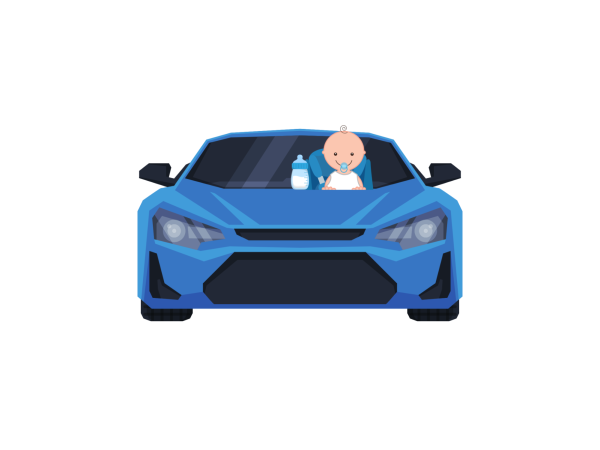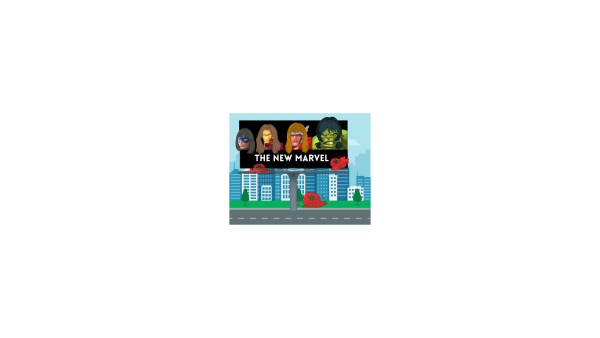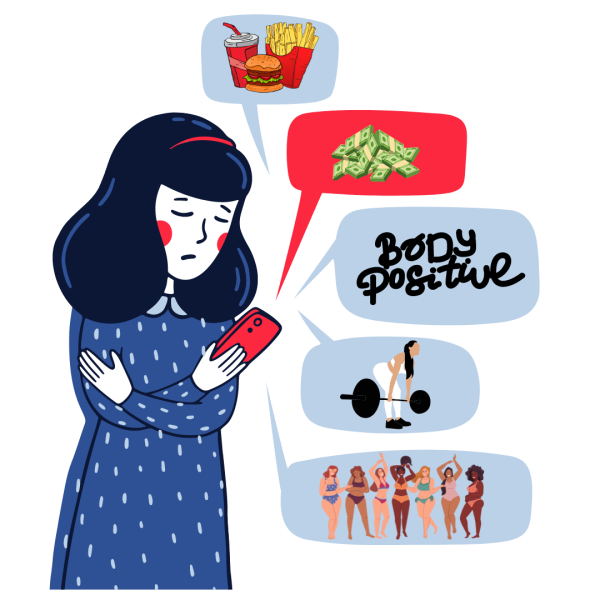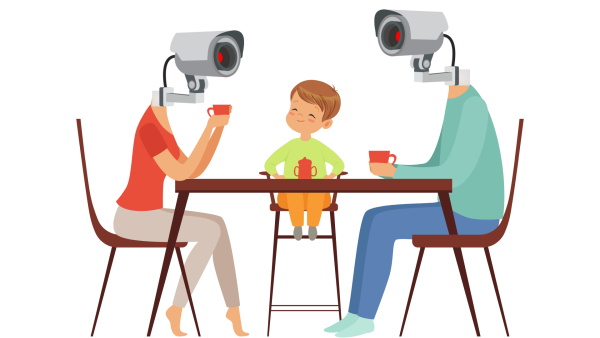Teen Drama or Teen Trauma?
Are There Issues Associated With Shows Being Overly Graphic?
Suicide, drug abuse, violence, sexual imagery: these are just a few controversial topics that have begun to appear more frequently in our media over recent years. Teen dramas including 13 Reasons Why, Euphoria, and Sex Education have made no attempts to sugar-coat the graphicness of each issue as a way to “spread awareness” to these realities.
But by presenting their content with such rawness to the public, there comes a risk that these shows’ messages will unintentionally become a weapon audience members can use against themselves.
When 13 Reasons Why premiered in March of 2017, it showcased a nearly three minute long scene of the main character, Hannah Baker, sitting fully clothed in a bathtub and gruesomely slitting her wrists.
The show “was associated with a 28.9% increase in suicide rates among U.S. youth ages 10-17 in the month [April 2017] following the show’s release,” according to the National Institute of Mental Health.
This evidence helps to highlight how certain sensitive subjects should be treated delicately; the effects on young people can be catastrophic if dealt with incorrectly.
It seems even Netflix agrees that the scene was a mistake, as two years after the premerie’s release, the suicide scene was completely edited out, most likely from the recent evidence of its correlation to the rise in suicide rates as well as the adamant complaints on its graphicness.
Euphoria, an HBO show that just recently came out, deals with a friend group of teenagers grappling with the newfound reality that everything has a flipside to it: sex and rape, drugs and addiction, and love and trauma.
The show in itself, though seemingly targeted towards teens, is too triggering for the exact group of people it was created to represent.
If anything, it seems that the oversaturation of crude content within its episodes is attempting to market these horrible ideals to today’s young adult population.
Nowadays, it has become practically impossible to have a new and original idea without inadvertently copying something that has already been created.
In an attempt to stand out from the pack, shows have begun to take more drastic action to grab the attention of viewers.
Although writers say they fabricate their stories to be impactful through vulgarness, they really just want to raise viewership by creating controversies people will want to form opinions on themselves.
As the widespreadness of social media continuously permeates teens’ lives, shows’ ability to advertise towards a larger audience has strengthened.
With this power, however, comes the consequences that their content will be advertised towards those who are improperly equipped for such graphicness.
Instead of breeding conflict, creators should work closely with psychologists and or psychiatrists to ensure that what they are putting out into the world will not do more harm than good in spreading their desired messages.
It is important to destigmatize conversations on mental health and getting help when needed.
However, it should be brought up in ways that could be accessible for all ages, and truly brings awareness along with a solution to the issues they want to present.

Kaylie Harley, a junior at PVHS, is a first-year writer on staff. She joined The Point because she loves writing, and wanted to know more about the newspaper...






